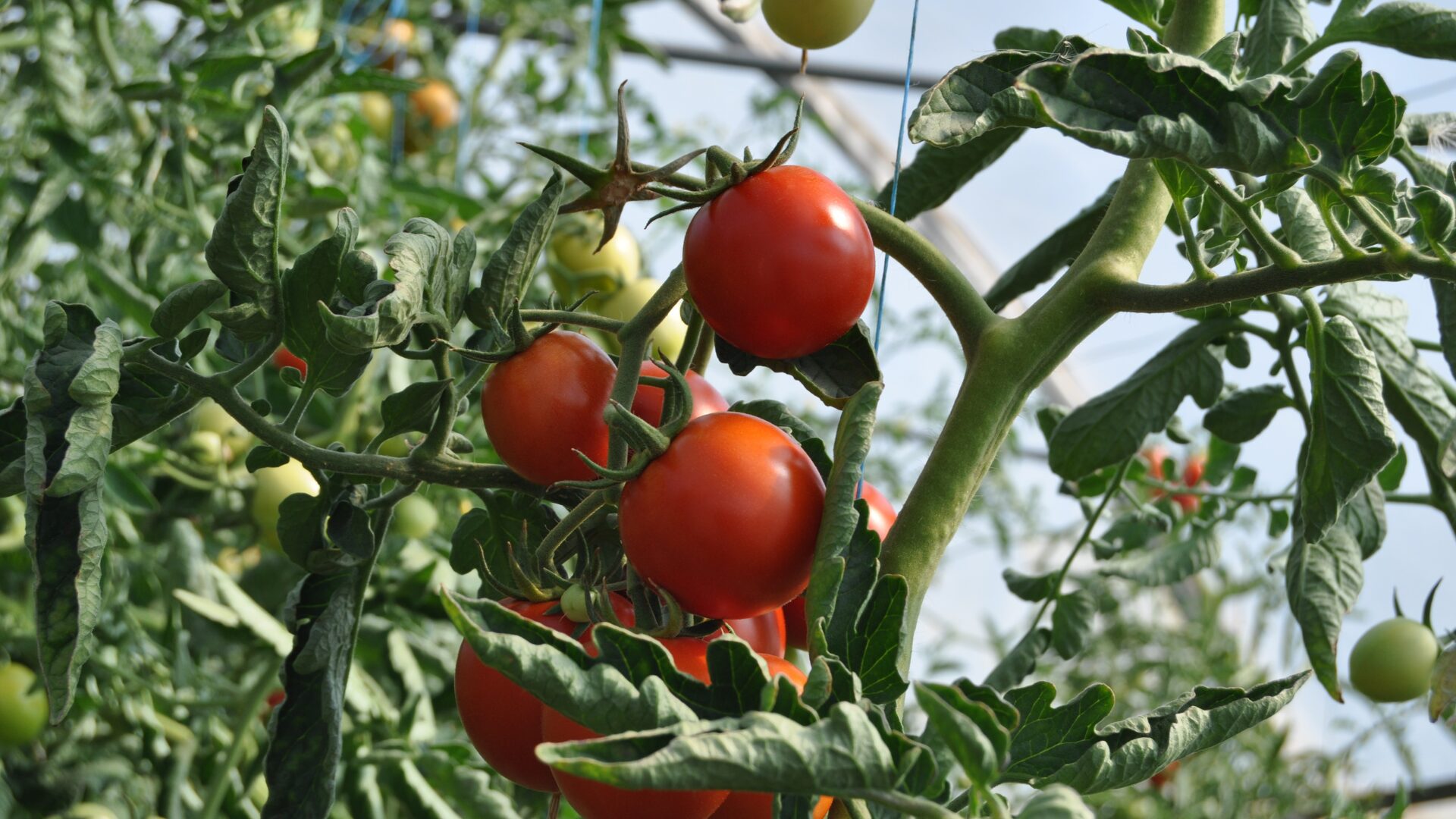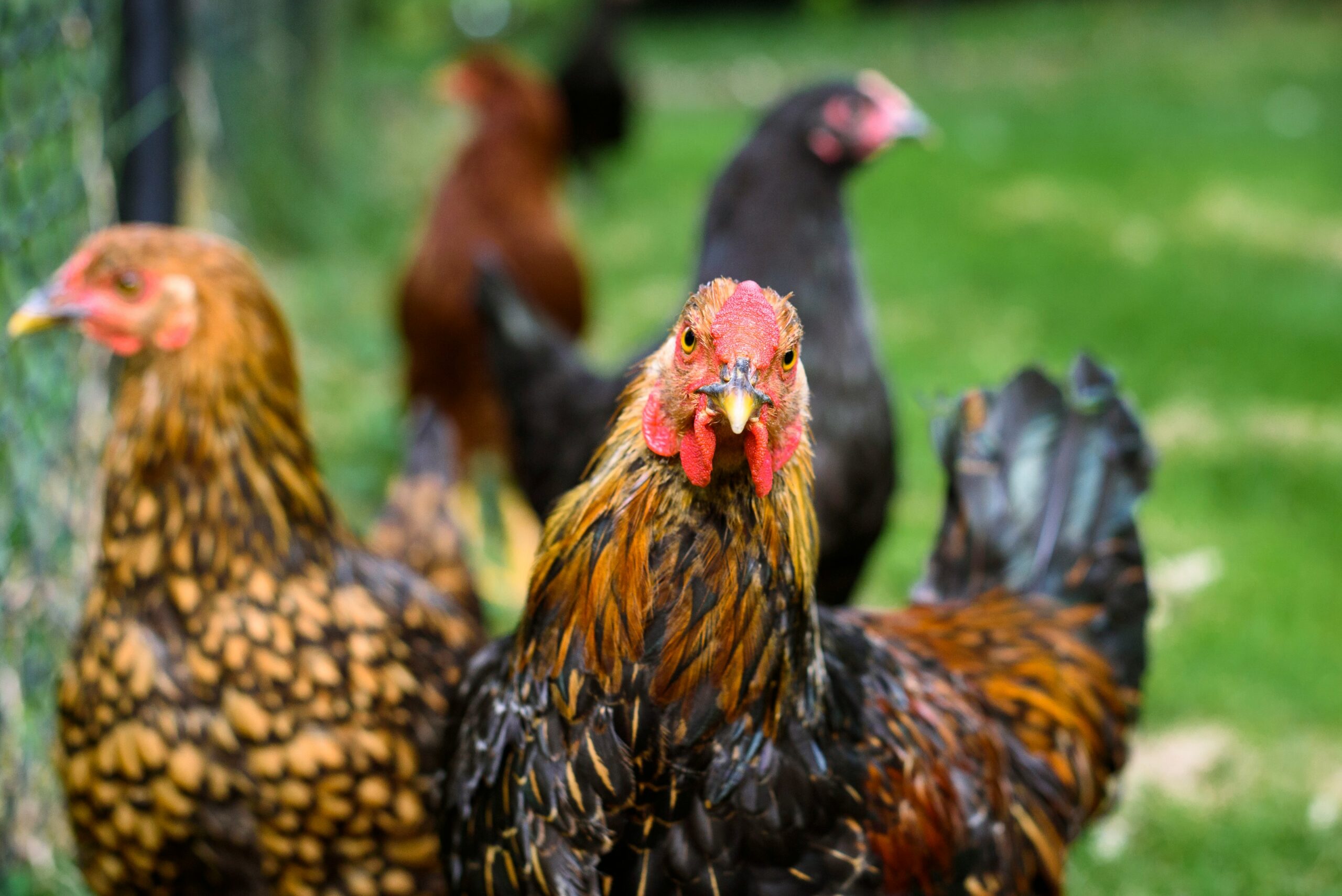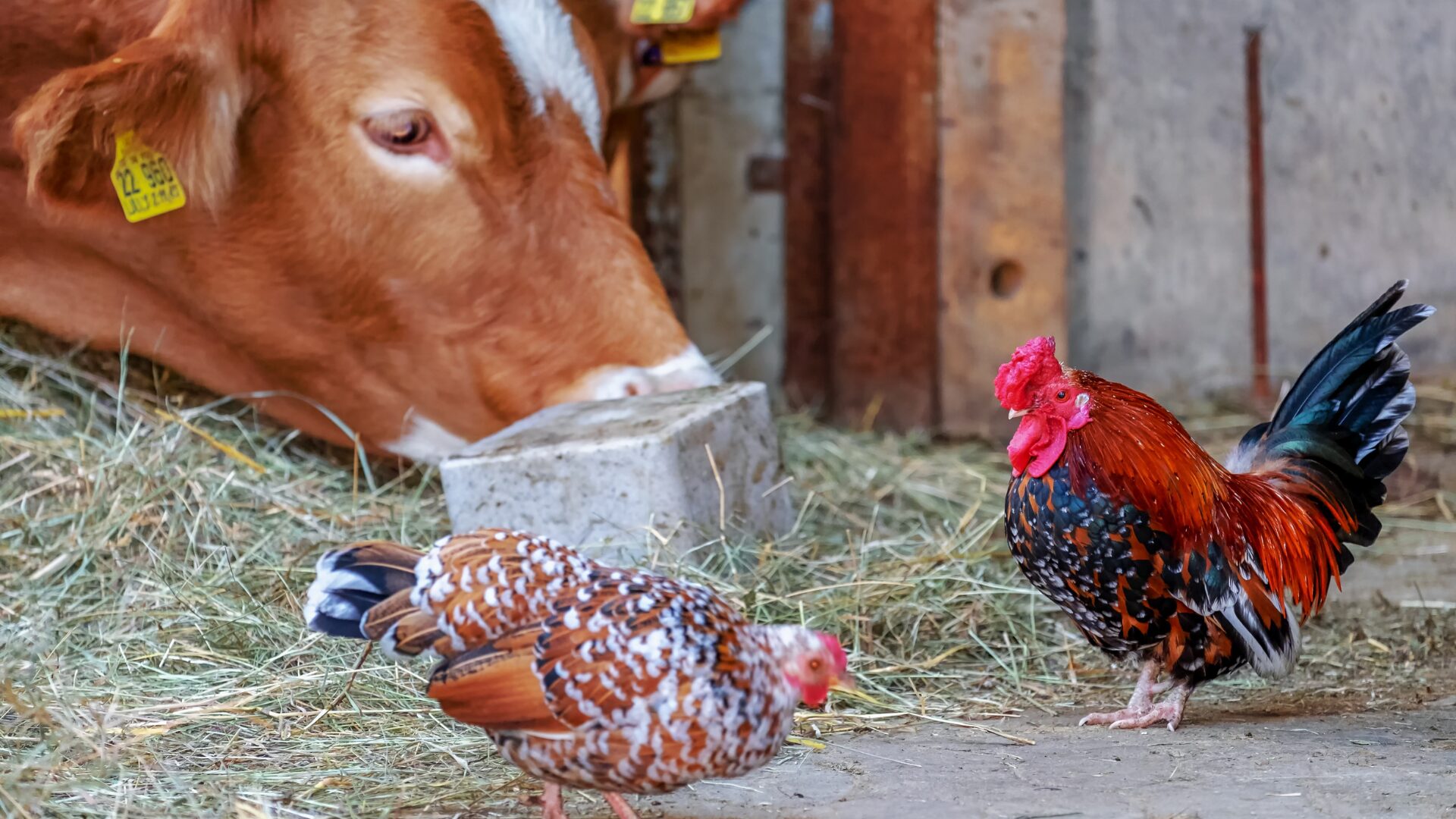Soggy fields in western Europe and drought in Australia, Ukraine and Russia, coupled with Russia’s continued war on Ukraine, are curbing production and shrinking global wheat supplies to their lowest level in decades, Bloomberg reported.
A strong U.S. dollar is sending other currencies lower, making it difficult for countries like Egypt and Turkey to maintain food supplies. High interest rates, which are expected to remain level for at least the next few months, also are having an impact.
Bumper crops in Russia in 2022 and 2023 pushed prices lower, but precipitation has been just 10% to 30% of normal this season, CME Group noted, with no guarantee of a change in the crucial growing period currently underway. The European Commission has predicted a decline of 5 million tons of soft wheat production, making the Russian crop crucial.
Wheat currently is trading at half the record it set in 2022, Bloomberg said, but futures are beginning to rebound and that could translate to higher consumer prices in coming months, sparking renewed inflationary pressures that will keep interest rates high.
Additionally, the wet spring in western Europe has delayed plantings, further pressuring markets.
La Niña moving in from the Pacific likely will alter rain patterns and yields across the southern U.S. and bring excessive heat to the Plains by June or early July, CME Group said. The weather pattern also is expected to have a major impact on Brazil and Argentina, affecting worldwide grain stocks.
A recent U.S. Drought Monitor reported heavy weather systems that stretched from the Pacific Northwest to the Gulf of Mexico helped ease some drought conditions, dumping above-normal precipitation across large sections of the Great Plains and the Mississippi Valley.
It was drier than normal north of the Ohio River, in the Northeast and in eastern Georgia and Florida. Extreme drought remains in 0.7% of the country.
Meanwhile, in other ag-related news:
Cattle imports: Increasing concerns over bird flu prompted the Canadian Food Inspection Agency to strengthen import requirements for dairy cattle from the U.S. now that highly pathogenic avian influenza has been detected in U.S. dairy herds and milk. There has been one recent human case – the second overall – in a man who worked with infected dairy cows in Colorado. Canada will require U.S. dairy cows to test negative for bird flu.
Bird flu: The U.S. Food and Drug Administration is taking steps to halt a possible bird flu pandemic, developing tests, antiviral drugs and vaccines in case the infection jumps to humans, FDA Commissioner Robert Califf told a Senate Appropriations subcommittee, E&E News reported.
The U.S. has 20 million bird flu vaccines in the national stockpile and has the capacity to make 100 million more. Efforts are underway to develop a bird flu vaccine for dairy cows and poultry. Califf urged Congress to supply funding for protective equipment for dairy workers and more research on how the virus works.
The Food Institute Podcast
Corn stocks, poultry flocks, and highly-pathogenic avian influenza – what does the U.S. agricultural system look like amid inflation and other headwinds? Wells Fargo Chief Agricultural Economist Dr. Michael Swanson discussed specialty crops, grain plantings, and what to expect in the growing year to come.












